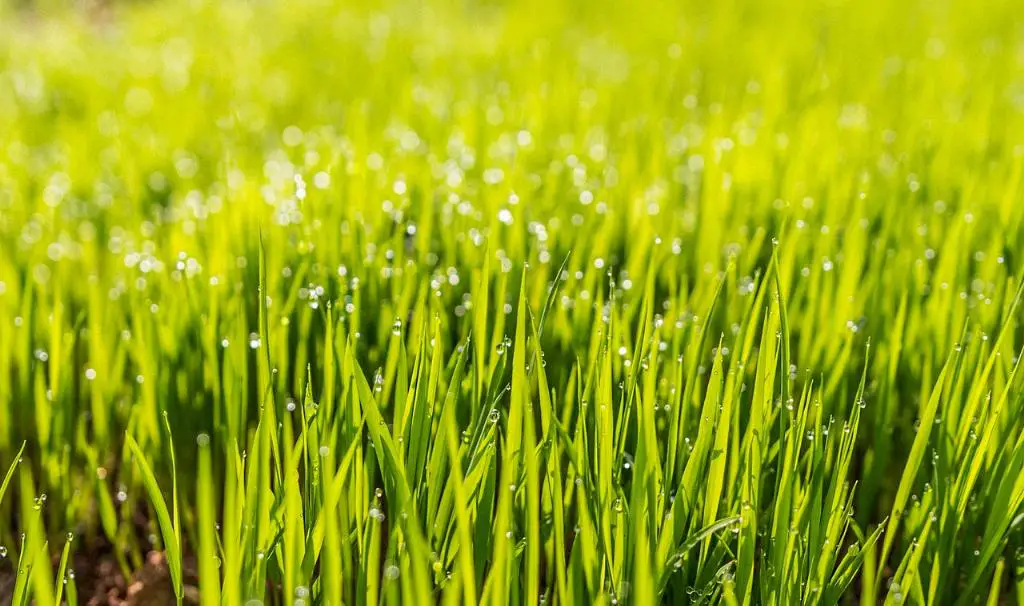When it comes to maintaining a healthy and vibrant lawn, one important practice that shouldn’t be overlooked is lawn scalping. This process involves cutting your grass down to a very short height in order to remove dead plant material and promote new growth.
Before you begin the lawn scalping process, it’s crucial to adjust your mower cutting height to between ½ to 1 inch. This shorter cutting height will ensure that you are effectively removing the excess thatch and dead grass that has accumulated over time.
Once you have set the mower at the desired cutting height, it’s time to start mowing. Be sure to mow your lawn in a methodical and consistent manner to ensure that you are evenly removing the dead material across the entire lawn.
During the lawn scalping process, you may notice a significant amount of debris being produced. This dead plant material must be removed from your lawn to allow for new growth to emerge. It is recommended to bag this material and dispose of it properly, rather than leaving it on the lawn.
After you have completed the lawn scalping process and removed all the dead debris, it’s essential to water your lawn thoroughly. Watering will help to promote new growth and encourage your grass to bounce back quickly after being scalped.
It’s important to note that lawn scalping should be done during the appropriate time of year. Spring and early summer are generally the best times to scalp your lawn, as grass is actively growing and can recover quickly from the process.
While lawn scalping can be beneficial for the health of your lawn, it’s essential to avoid scalping too frequently. Over-scalping can stress the grass and lead to issues such as sunburn and weed infestations.
Another important consideration when scalping your lawn is to ensure that your mower blades are sharp. Dull blades can tear the grass rather than cutting it cleanly, which can result in a less-than-optimal scalping job.
After scalping your lawn, it’s a good idea to apply a high-quality fertilizer to provide essential nutrients to the grass and encourage healthy growth. This will help your lawn recover faster and develop a lush, green appearance.
Once your lawn has been scalped and cared for properly, you should start to see new growth emerging within a few weeks. Be patient and continue to water and maintain your lawn as needed to ensure that it thrives and remains healthy.
In conclusion, lawn scalping is a beneficial practice for promoting a healthy and vibrant lawn. By following the proper steps and timing your scalping correctly, you can help your grass recover from winter dormancy and thrive throughout the growing season.

